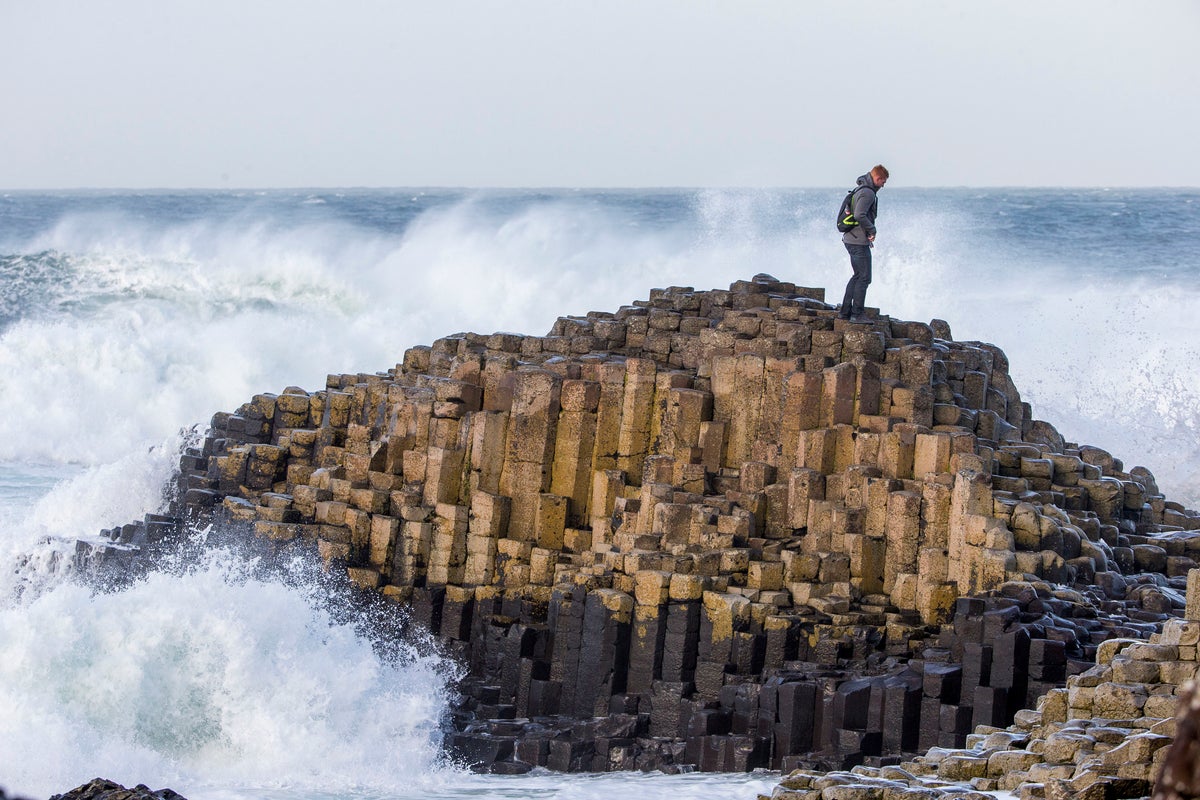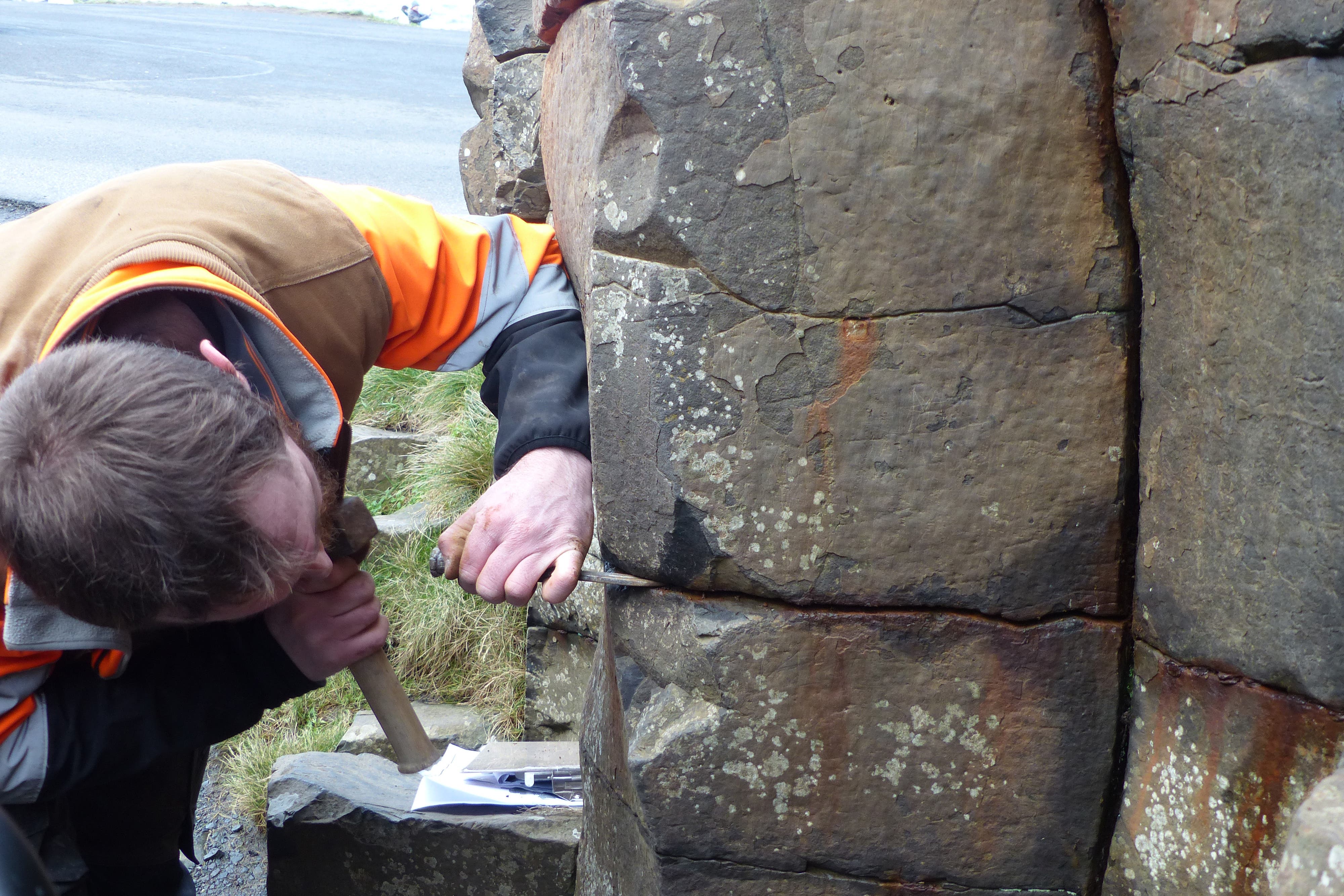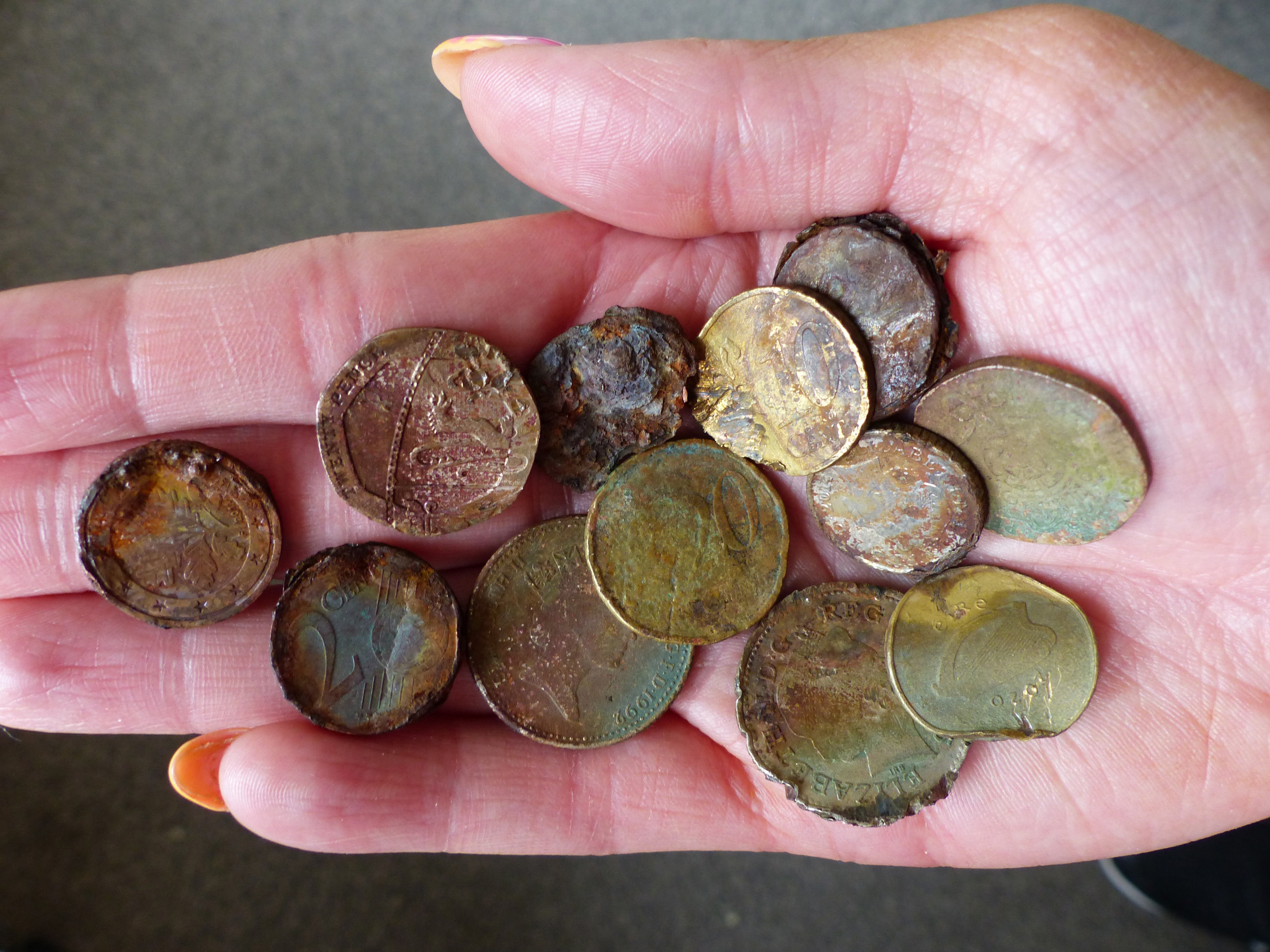Tourists issued warning after coins damage UK’s world heritage site
The National Trust warned that the coins are causing the iconic Giant’s Causeway to crumble

Visitors are damaging Northern Ireland's Giant's Causeway, a World Heritage Site, by inserting coins into the cracks of its iconic stones.
The basalt rock columns of the Giant's Causeway in north Antrim are being harmed by the coins, which range from UK currency to euros and even money from the Far East and the United States.
The coins rust and expand, putting pressure on the surrounding rock, staining it, and causing it to crumble.
The National Trust estimates that removing the coins will cost more than £30,000 and has asked visitors to stop leaving coins at the site.
Dr Cliff Henry, National Trust nature engagement officer at the Giant’s Causeway said visitors should leave no trace.
“We know that visitors really love and cherish the Giant’s Causeway, and many form deep personal connections to this special landscape,” he said.

“We know some may want to leave a token of their visit, but the coins are causing damage and we are urging people to stop the practice and to leave no trace so this natural wonder remains special for future generations.”
He pointed to a report by The British Geological Survey that concludes the coins wedged into the joints and cracks in the rock are having a detrimental impact on the basalt rock of the Giant’s Causeway, both aesthetically and physically.
“The report has found that fracturing and disintegration of the basalt rock adjacent to joints and cracks into which coins have been inserted is the result of the ‘expansive delamination of the coins upon oxidation’,” he said.
“In other words, the coins are rusting, and expanding to three times their original thickness, which puts huge pressure on the surrounding rock causing it to crumble. Unsightly streaks of copper, nickel and iron oxides are also staining the stones where the coins are corroding.”
The National Trust, in partnership with Causeway Coast and Glens Heritage Trust, employed specialists in stone conservation to remove as many of the coins as they could without causing further damage on ten test locations.

They hope to go on to remove all the remaining coins, and have appealed to visitors not to leave any more.
Mr Henry added: “It is hoped that if visitors see fewer coins in the stones and hear appeals to stop the damaging practice the problem can be solved.”
“Many coins have a centre of one metal, with a thin coating of another. UK ‘copper’ coins, since 1992, have a steel core with only a thin layer of copper on the outside, while five, 10 and 20 pence pieces are nickel-plated steel.
“When coins start to corrode, the steel often corrodes faster and separates from the different metal of the outer layer. This delamination causes the basalt to flake.
“The coins here also have accelerated corrosion because they are often soaked in saltwater spray and the mixture of metals means they break down faster.
“We protect and care for places so people and nature can thrive. We are appealing to visitors to help us protect the World Heritage Site by stopping the practice of inserting coins into the Causeway stones.”
While geologists will say that the causeway was created by an outpouring of Basalt lava 60 million years ago around the time the North Atlantic was opening up, there are also legends that it was formed by an Irish giant Finn McCool.
The National Trust protects and cares for more than 40,000 columns at the Giant’s Causeway, which is Northern Ireland’s first Unesco World Heritage Site and also benefits from a number of other important designations.

 MikeTyes
MikeTyes 
































